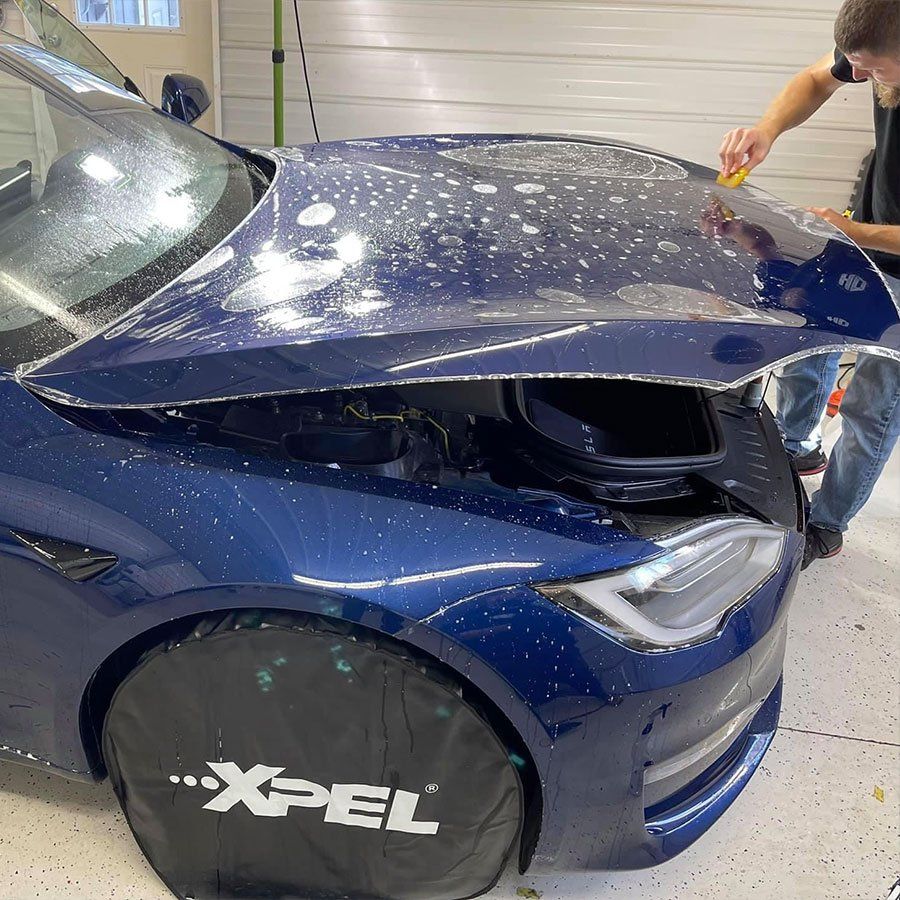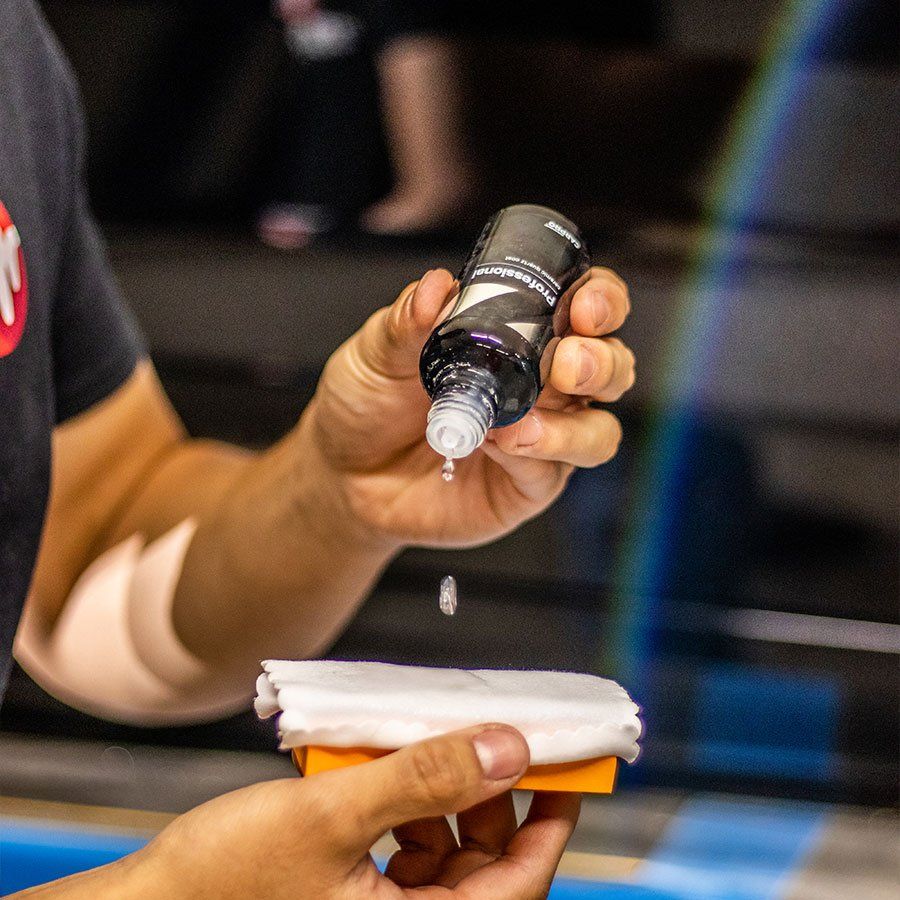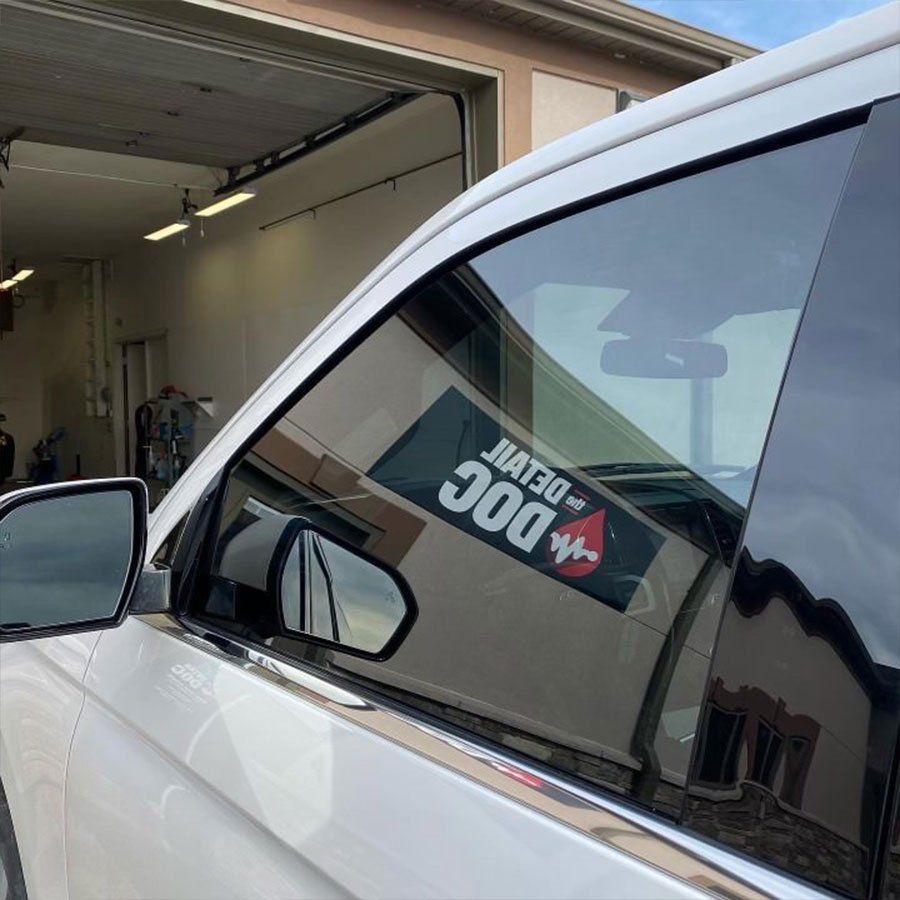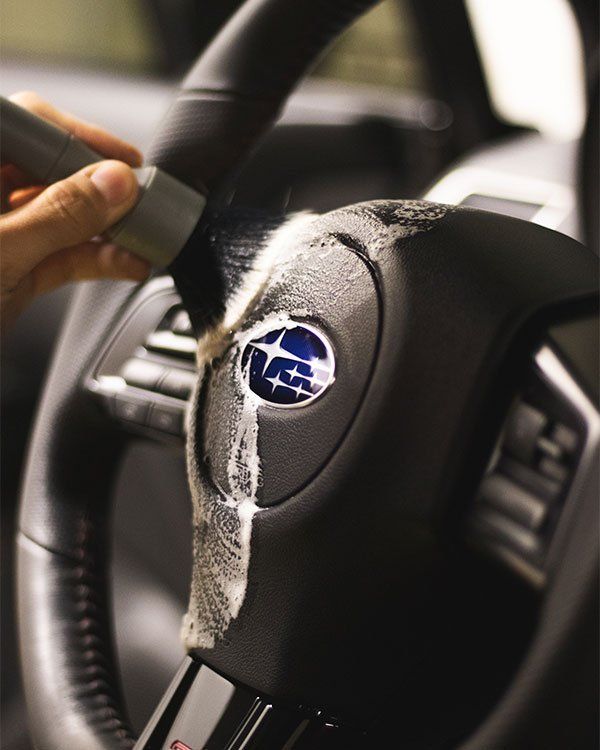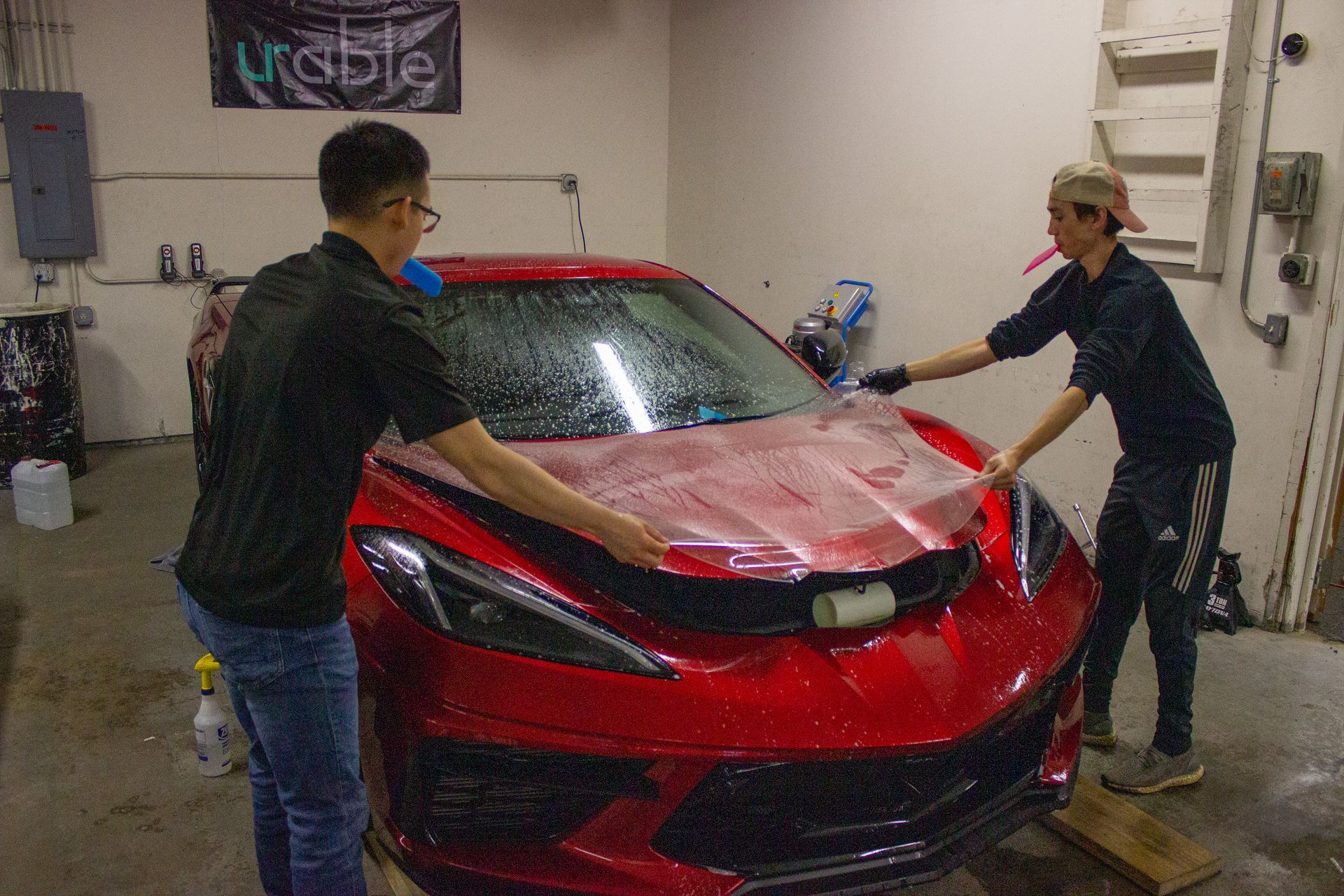The Detail Doc Blog
How Long Does It Take to Ceramic Coat a Car In Saginaw?
(989) 244-0505 GET SCHEDULED NOWTime is precious, and when it comes to pampering your four-wheeled companion with a ceramic coating in Saginaw, MI, you want to know exactly how long you'll be without your trusted steed. Ceramic coating is not just about giving your vehicle a glossy finish; it's an armor that stands between your prized possession and harsh environmental conditions.
Whether you've decided to DIY or hire a professional, understanding the time commitment required can help make the process smoother and more efficient. In this post, we will unravel the mystery of 'How Long Does It Take to Ceramic Coat a Car?' in our comprehensive step-by-step guide. Let's navigate this journey together!
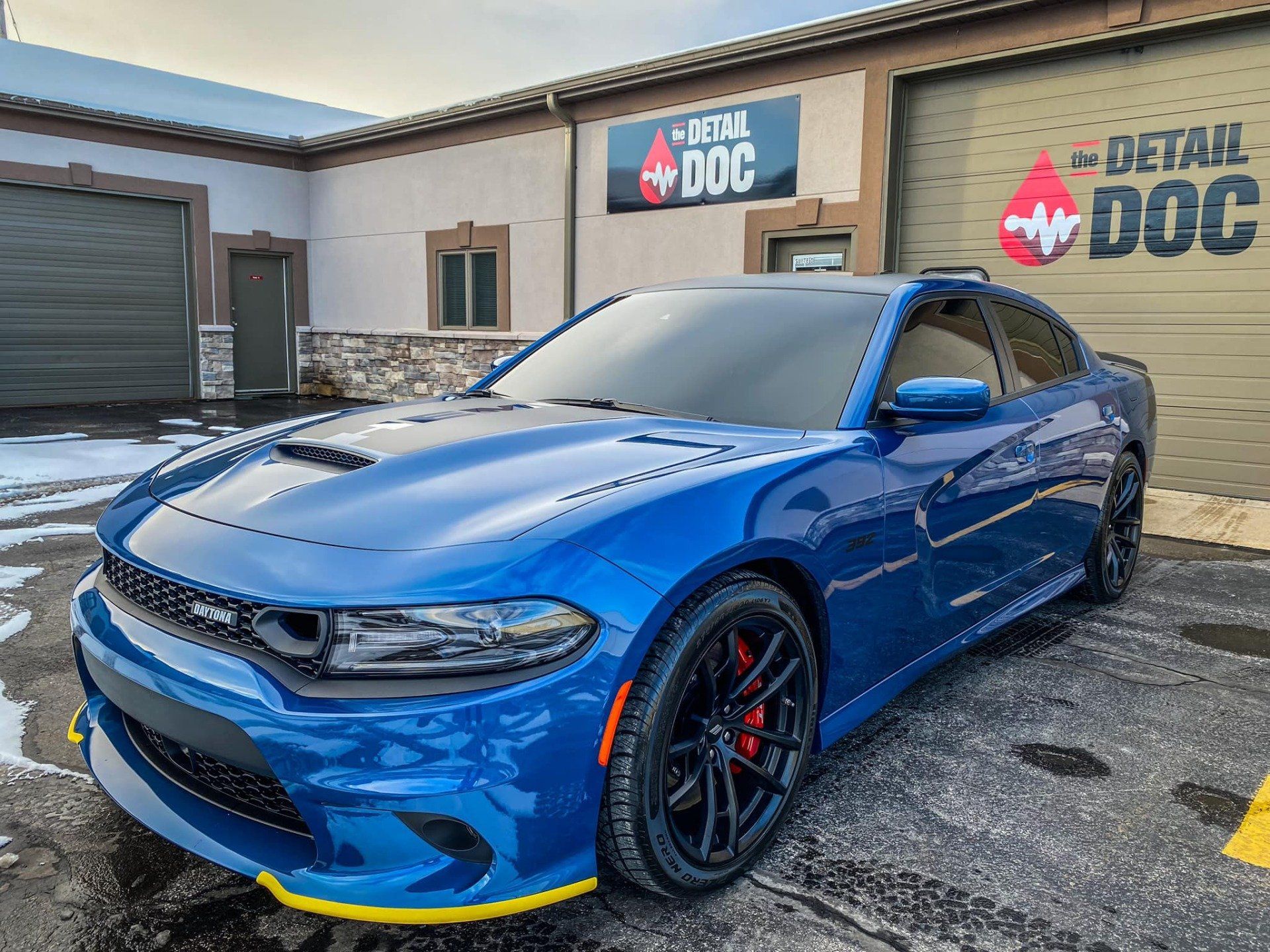
Preparing for the Ceramic Coating Process
Before embarking on the
ceramic coating process, it's crucial to adequately prepare your vehicle. This preparation stage ensures that the coating adheres properly and maximizes its effectiveness in protecting your car's paintwork. Let's dive into the essential steps involved in preparing for the ceramic coating process.
Firstly, thoroughly clean your vehicle's exterior using a gentle automotive soap and a high-quality microfiber wash mitt. Pay close attention to removing any dirt, grime, or residue from the surface. It's recommended to perform a thorough pre-wash and rinse to remove any loose particles before immersing the vehicle in a traditional wash.
Imagine you've recently taken your car off-roading through muddy terrain. To ensure optimal results from the ceramic coating, it's vital to remove all remnants of dirt and mud from your vehicle's exterior, especially in hard-to-reach areas like wheel wells and undercarriages.
Next, decontaminate the paint surface using a clay bar or clay mitt. This step helps eliminate embedded contaminants such as tree sap, industrial fallout, and stubborn tar spots that car washing alone might not completely remove.
Following decontamination, consider using an iron remover to eliminate iron particles that may be present on the surface of your vehicle. These can originate from brake dust or industrial fallout and can affect the coating's bond with the paintwork.
With a clean and decontaminated surface, it's time to focus on selecting and preparing specific parts of your vehicle for ceramic coating application.
Selecting and Preparing Parts
When it comes to ceramic coating, it's important to prioritize the areas of your vehicle that require the most protection. Common parts subjected to significant wear and tear include the hood, front bumper, side mirrors, and fenders. However, you may also choose to cover other areas based on your specific needs and preferences.
Carefully inspect these areas for any imperfections or blemishes that might need correction before applying the coating. This could involve minor paint corrections such as spot sanding, compounding, or polishing to ensure a smooth and flawless surface.
For example, if you have noticed small scratches or swirl marks on your hood from years of exposure to environmental elements, you might want to address those before proceeding with the ceramic coating process to achieve optimal results.
Additionally, ensure these selected parts are completely dry before application. Moisture can hinder the proper bonding of the ceramic coating, compromising its longevity and effectiveness. Using a clean microfiber towel or an air blower can help remove any remaining moisture.
Lastly, protect other components, such as plastic trim pieces, rubber seals, and windows, by carefully masking them off. This precaution prevents unwanted residues or stains on these surfaces during the coating application process.
Applying the Ceramic Coating
Applying a ceramic coating to your car is a meticulous process that requires attention to detail and careful application techniques. It is best to approach this task in a controlled environment, away from direct sunlight and dust particles that can interfere with the bonding process. Here is a step-by-step guide on how to apply a ceramic coating to your vehicle:
- Preparation: Before diving into the application process, it is crucial to thoroughly clean and prepare your car's surface. This entails washing the vehicle, removing any contaminants, and performing a paint decontamination process such as claying or using iron fallout removers. These steps ensure that the surface is free from dirt, grease, or other substances that could hinder the bonding of the ceramic coating.
- Masking: To protect areas that don't require the ceramic coating, such as rubber trims or plastic parts, it's important to carefully mask them off with automotive tape. This prevents any unnecessary application on surfaces where the coating is not intended.
- Application Method: There are different methods for applying ceramic coatings, including using applicator pads, microfiber cloths, or even spray systems. Regardless of the method chosen, it's essential to follow the manufacturer's instructions for the specific product being used. Start by applying a small amount of product to the applicator pad or cloth, and work in small sections at a time.
- Even Application: When applying the ceramic coating, strive for an even and thin layer. Avoid excessive product application, as this can result in uneven drying and potential high spots or streaks on the surface. Use light pressure when spreading the product and ensure smooth and consistent coverage across each section.
- Curing Time: Once you have completed applying the ceramic coating to the entire vehicle, allow it to cure according to the manufacturer's recommendations. Curing times can vary, but typically range from a few hours to up to 24 hours. During this time, it is crucial to keep the vehicle away from moisture, rain, or any other elements that can interfere with the bonding process.
- Final Touches: After the ceramic coating has cured, gently remove any excess residue or streaks using a clean and soft microfiber cloth. Take your time to inspect the surface for any imperfections or areas that may require additional touch-ups. If necessary, you can repeat the application process for specific sections to ensure complete coverage.
By following these steps carefully and being patient with the process, you can achieve optimal results when applying a ceramic coating to your car. Keep in mind that proper maintenance and regular washing will help prolong the longevity of the ceramic coating and keep your vehicle looking its best for years to come.

Estimating the Duration of the Ceramic Coating Process
Are you considering getting a ceramic coating for your beloved vehicle? One question that comes to mind is, how long does it take to ceramic coat a car? The answer can vary depending on several factors, such as the size and condition of the vehicle, the number of layers applied, and the level of preparation required.
The first step in estimating the duration is evaluating the condition of your vehicle's paintwork. If there are any imperfections, like swirl marks, minor scratches, or etchings, these will need to be addressed before applying the ceramic coating. This process may involve paint correction, which can add some time to the overall project. However, it is essential for achieving that flawless finish and ensuring maximum bonding between the coating and the paint surface.
Once any necessary paint correction has been completed, the actual application of the ceramic coating can begin. Typically, this involves washing and drying the vehicle thoroughly to remove any dirt or contaminants that could interfere with adhesion. Then, a skilled technician will proceed to apply multiple layers of ceramic coating to each panel of the car's exterior.
To give you an idea of timing, let's consider a standard-sized sedan in average condition. The prepping and paint correction process may take around 6-8 hours, depending on the extent of corrections needed. The actual application of ceramic coating can then take an additional 4-6 hours if conducted by an experienced professional. However, keep in mind that larger vehicles or those with a larger surface area might require extra time.
Remember that patience is key during this process, as rushing could compromise the quality of the results. It's worth investing time in finding a reputable detailer who has experience working with ceramic coatings and understands how to achieve optimal outcomes.
Once your vehicle has undergone the ceramic coating process, it's important to follow proper post-application care to ensure the longevity and effectiveness of the coating.
Post-Application Care
Congratulations! Your car has been ceramic coated, providing it with long-lasting protection and a glossy finish! To truly reap the benefits, there are some essential care steps to follow in the post-application phase.
First and foremost, it's crucial to avoid washing the vehicle for at least 7 days after the ceramic coating has been applied. This allows sufficient time for the coating to cure and bond fully to the paint surface. Washing too soon could disrupt this process and diminish the effectiveness of the coating.
Once the initial waiting period has passed, you can resume regular maintenance, but with a few important considerations. Use only pH-neutral car shampoos specifically formulated for ceramic coatings. These products are gentle on the coating while effectively removing dirt and grime.
Additionally, avoid using automated car washes with harsh brushes or abrasive materials that could scratch or damage the coating. Instead, opt for handwashing or touchless washing systems whenever possible. When drying your vehicle, use a soft microfiber cloth or an electric blower to minimize any potential marring or scratching.
While ceramic coatings offer excellent protection against UV rays and chemical contaminants, it's still important to keep your car regularly maintained. Routine maintenance includes periodic inspections to ensure there are no chips or scratches that may require spot touch-ups or additional detailing.
By following these post-application care steps and incorporating good maintenance habits, you can prolong the durability and effectiveness of your ceramic coating, keeping your vehicle looking its best for years to come.
Ceramic Coating Unveiled: The Detail Doc's Step-by-Step Mastery and Time Commitment
At
The Detail Doc, we understand that time is a precious commodity, especially when it comes to safeguarding your vehicle with the impeccable shield of ceramic coating. Our expertise goes beyond achieving a glossy finish; it's about providing your cherished possession with an armor that stands resilient against harsh environmental elements.
As your trusted detailing partner, we emphasize the significance of proper estimation. Factors such as the size and condition of your vehicle, the number of layers applied, and the extent of preparation needed all play a role in determining the duration of the ceramic coating process. We believe in the art of patience, ensuring that every step is executed with precision, resulting in a finish that exceeds expectations.
Trust The Detail Doc – where expertise meets excellence and your vehicle receives the care it deserves. Visit our website to explore more about our ceramic coating services and discover the unparalleled level of detailing we bring to every vehicle. Happy driving with the ultimate protection and shine from The Detail Doc!

